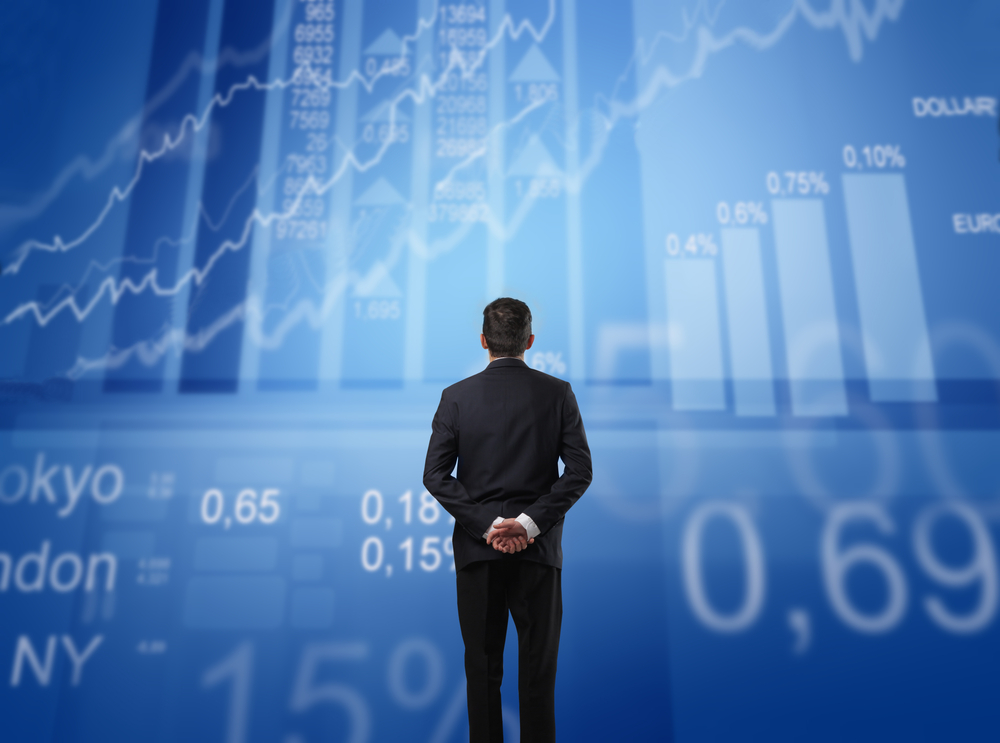
If you’re like most income investors, you care most about dividends. It’s those dividends that are paying bills for many retirees.
Dividends are certainly important. But there is another far more important factor that will contribute to your overall portfolio performance.
That factor is stock buybacks. Also known as a stock repurchase program, a buyback involves a public company using cash on its balance sheet to purchase its own stock on the public market.
Stock buybacks do two positive things.
In the short term, they provide support for the company’s stock. When a company is buying its own stock from shareholders who want to “sell,” this helps prevent the share price from falling.
In the long term, stock buybacks reduce the number of shares outstanding. This doesn’t have any impact on net income. However, reducing the number of shares increases the earnings per share. A smaller number of shares outstanding is a positive, since many investors evaluate EPS and value companies based upon a P/E ratio.
One of the most notable companies that is aggressively buying back its stock is Apple (NASDAQ: AAPL). Since initiating its program in March 2012, Apple has spent $68 billion on stock buybacks. That move has helped reduce the company’s number of shares outstanding by 11%. This has been just one factor contributing to a 63% increase in EPS in the last three years.
Apple isn’t alone. Many companies have been buying back their shares. In fact, 72% of the companies in the S&P 500 participated in stock buybacks in the final three months of 2014.
Since 2009, companies in the S&P 500 have spent $2 trillion on stock buybacks. That’s a ton of money, and it’s had a positive impact on stock prices.
Bloomberg reports that daily spending on stock buybacks is roughly $5 billion. That amount equals 2% of all volume on U.S. stock exchanges. Meanwhile, Barron’s Ben Levisohn reports, “Corporations now are the most important buyers by far, accounting for more than twice as much buying as exchange-traded funds and mutual funds combined.”
All of these buybacks are having an extremely positive impact on stock prices. Plus, there is evidence that companies with aggressive stock buyback programs have been crushing the market.
Consider the performance of the PowerShares Buyback Achievers ETF (NYSE: PKW). This $2.9 billion fund invests in companies that have reduced their share count by at least 5% in the previous year. The fund’s top five holdings include Apple, Home Depot (NYSE: HD), International Business Machines (NYSE: IBM), Boeing (NYSE: BA) and Twenty-First Century Fox (NYSE: FOXA).
Over the past five years, the PowerShares Buyback ETF is up 121%. That’s double the returns for thePowerShares Dividend Achievers ETF (NYSE: PFM), which gained 61% over the same period of time.
Stock Buybacks Crush Dividends

Source: Yahoo! Finance
Not surprisingly, the Dividend Achievers ETF pays a higher yield than the Buyback Achievers ETF (1.9% versus 1.0%). But the higher yield hardly offsets the long-term outperformance of the stock buyback ETF.
In the coming weeks, we expect that many companies will announce their capital allocation plans for the year. This will likely include important updates on stock buyback programs. We’ll be keeping a close eye on the news flow to measure whether stock buyback increases will continue in 2015.
The Next Big Tech Breakthrough
3D printing is without question one of the most stunning technological achievements the world has ever seen. And it’s only just getting started. What do I mean? Well, in 2016 its next iteration is going to hit markets. And the Silicon Valley insiders who’ve seen it are blown away. One says, “It’s not only a game-changer, it’s going to rewrite the rules of the 3D printing industry.” And Computer Worldmagazine says “Rival 3D printers will have to step up their game or be left behind.” Don’t be left behind – discover all the details behind 3D Gen2 right here.



